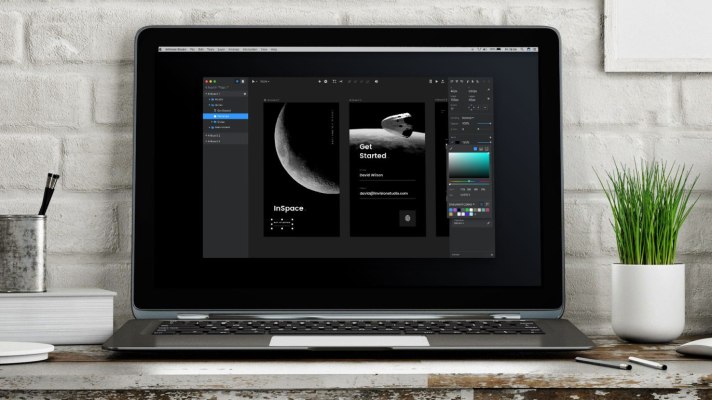In October, InVision made the first dramatic change to its product portfolio since the company’s inception. The team launched InVision Studio, a design tool meant to take on the likes of Adobe XD and Sketch.
Now, however, InVision is taking yet another huge step forward with the announcement of the Studio Platform, letting third-party developers build products and programs for Studio via InVision’s new API. Adobe recently announced integrations with some third-party applications.
For the past three years, InVision has acted as a layer that comes after actual design tools, instead focusing on collaboration. It lets designers upload their work, collaborate with engineers, and lets folks outside the design organization (clients, managers, and other shareholders) experience animated transitions and give feedback.
With Studio, designers can start the process right within InVision’s portfolio. The tool allows for advanced animations, has a responsive design feature so creators can see what their stuff looks like across all screen sizes, and Studio also comes with a shared assets feature, letting design teams share hex codes, brand assets, etc.
While third-party developers can build out programs for Studio, InVision has its own team that will also work on ‘extra’ programs for the platform. This also ties in to InVision’s recently announced Design Forward Fund, which will seed $5 million to startups in the design world. The company has already seen more than 200 applications to the fund, many of which will be able to integrate via Studio Platform.
However, InVision CEO Clark Valberg says there are currently no plans to generate revenue from InVision Studio Platform, as is the case with Apple’s App Store. Why? The design ecosystem simply isn’t mature enough for each individual product in the workflow to be monetized.
“There are hundreds of products for some individual slice of the sales ecosystem, and all of them integrate with SalesForce,” said Valberg. “It’s a mature market, with a lot of differentiated tools that stack together in the overall workflow. In design, that’s not yet the case.”
Valberg’s goal is to be the catalyst for the maturation of the design ecosystem, while letting the original collaboration cloud product be the sticky glue that holds everything together.
Alongside the announcement of Studio Platform, InVision is also announcing the hire of Andrew Holt from Google. Holt founded Pixate, which was acquired by Google in 2015. He’ll be in charge of building and leading Studio Platform, working both with internal engineers and third-party partners to help build out the various applications.
And that’s not all. InVision is also bringing on Brent Tworetzky as SVP of Product. Tworetzky was previous EVP of Product at XO Group, and has held product lead positions at ClassPass, Udacity, Chegg, and Intuit.
Editors’ Note: An earlier version of this article referenced Adobe Photoshop. It has been amended to Adobe XD and to include the announcement of third-party integrations.
